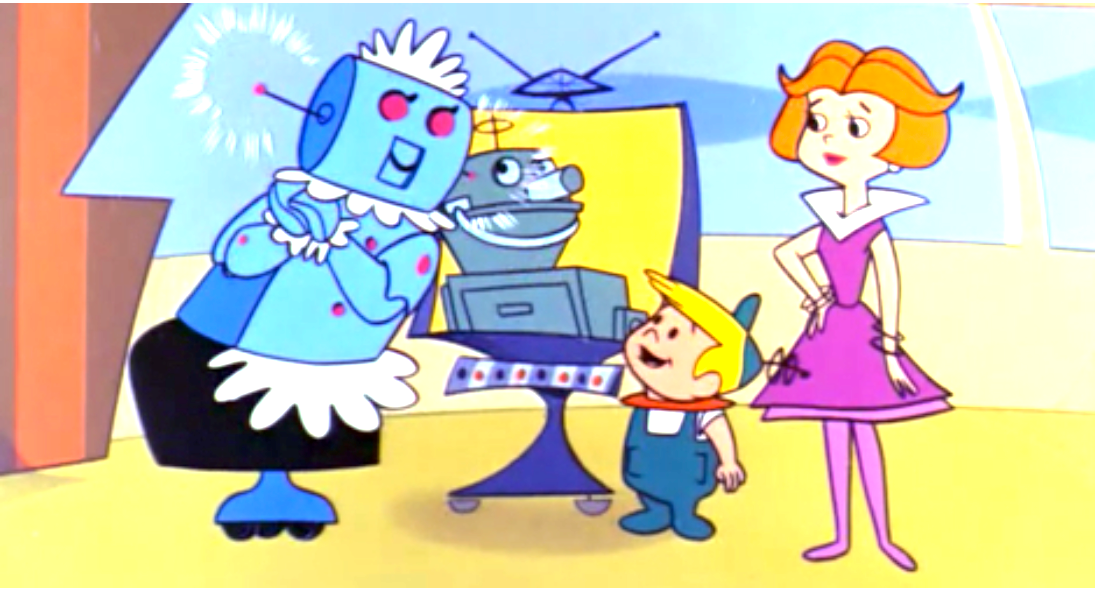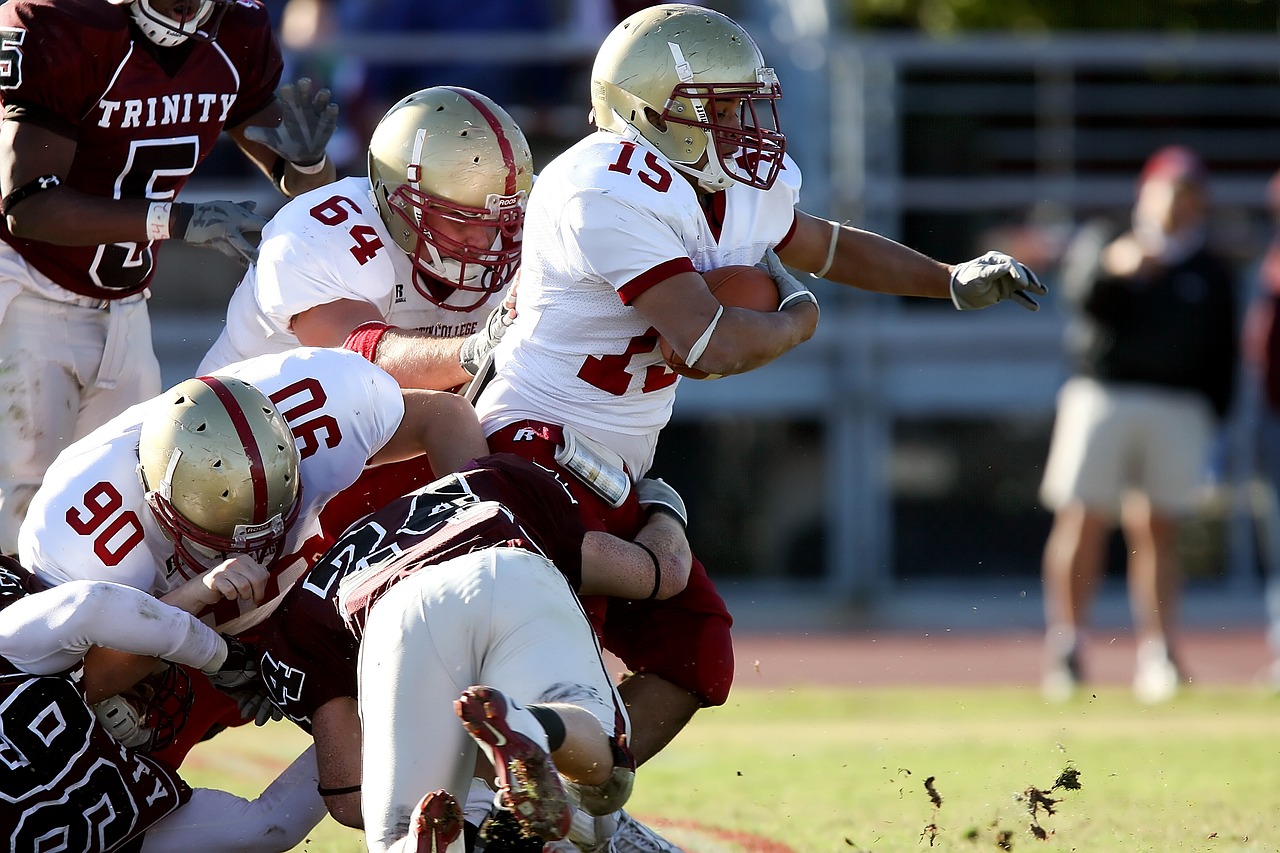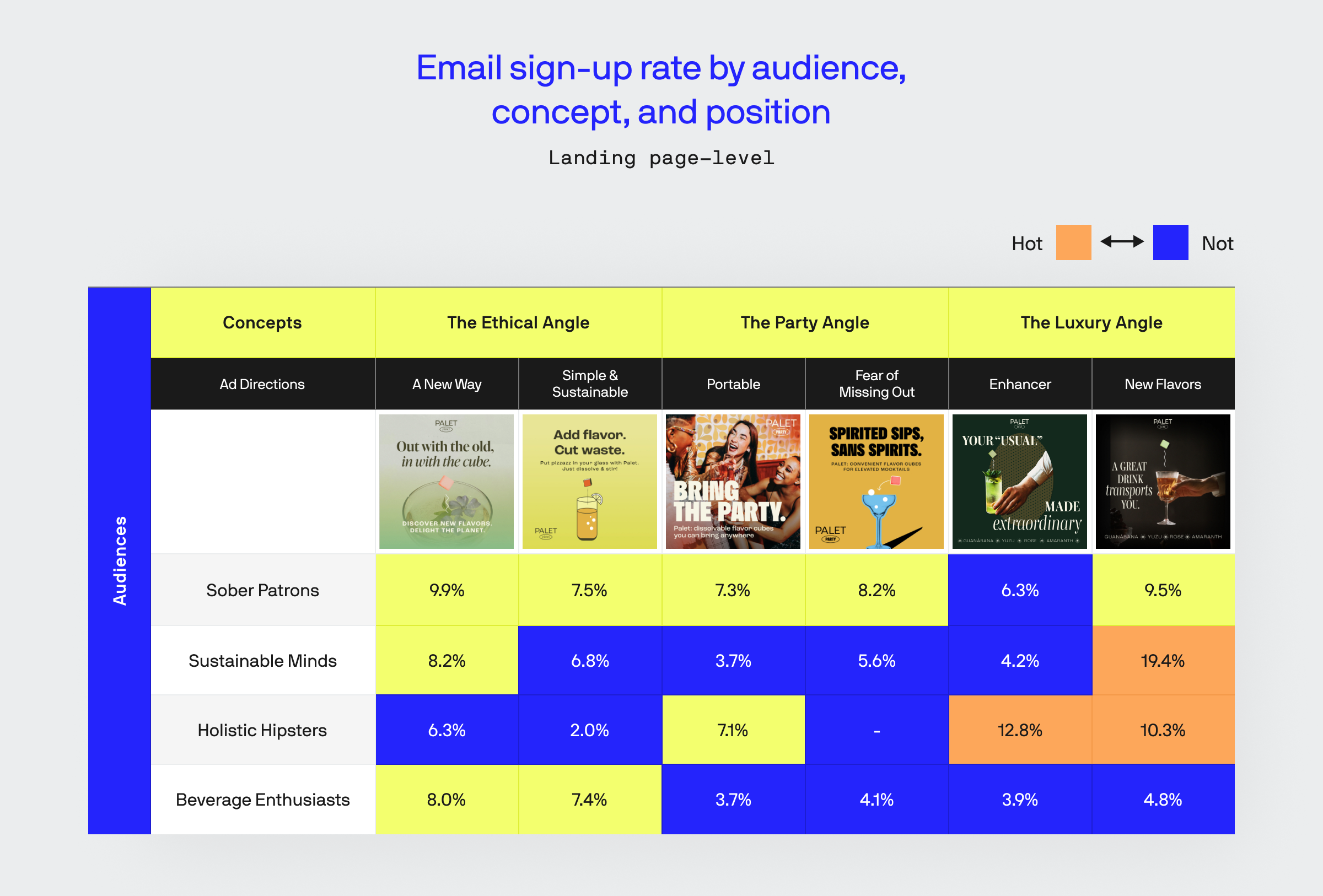What Does the AI Boom Mean for the Restaurant Industry?
New systems like the GPT solutions from OpenAI, Bard, and others are causing some to speculate what the future might look like for the restaurant industry. What others are doing – and will do – matters, as businesses historically devour new tech or processes when they offer significant improvements over existing ways.
Though we likely won’t see robots coming to most of our favorite local hot spots just now, AI is already helping many restaurants in other areas, a trend that will continue as the industry adjusts to these rapidly evolving technologies.
First, we’ll look at data demonstrating how businesses are currently using AI then we’ll discuss these trends as they relate to the restaurant industry.
AI is demonstrating value around the globe by augmenting processes to be more efficient
Truly, the restaurant industry has been using AI for more than a decade – this is nothing new, but the products of today are woven throughout multiple processes, some directly engaging consumers through digital products like mobile apps.
But because of the many use cases for modern AI, we are seeing new trends emerge in all industries which will play a large role in shaping upcoming solutions.
One glance at the financials of AI shows that spending is expected to reach $301 billion by 2026, based on a 26.5% CAGR.

Check out the full report on Dataiku from IDC if you’re interested. | Source: IDC on Dataiku
For any business, that’s a respectable growth number, and it also hints at one other critical detail: while growth is significant, breakout tech will emerge for specific use cases, which will benefit select processes.
Over the short term, specific departments and select businesses will transform, but revenue gains will be modest at the business level. In short, most companies won’t be doubling or tripling their income stream because of emerging AI.
AI has immense potential, but current investment in these systems more closely resembles the growth patterns of cloud adoption in business from 2009 to about 2015. Easily accessible, centralized infrastructure shifted how we do business, but it took time for people to catch on and for organizations to adjust.

So your Roomba will likely improve in the next few years, but we’re still a ways off before it can fall in love like Rosey early in the first run (episode 8) of the original Jetsons show. | Source: Smithsonian Magazine
In the restaurant industry, robotic systems and other innovations will pop up. Still, until enough use cases have emerged, we’re going to see the most growth come from more stable areas, such as with marketing functions, where AI and Ml already have a solid track record of success.

Provided the outcomes are good from current AI adoption, the more glamorous stuff is likely just around the corner. | Source: IDC on Dataiku
As we can see, most business functions in all industries use AI similarly: the focus now and in the immediate future revolves around analyzing data we’re already (or will soon be) generating to form better associations.
Just as it took time for universally useful products to become commonplace, like Clover POS, Toast, or the many delivery platforms now on the app stores, the restaurant industry needs to spend time with today’s most valuable solutions until the opportunity for innovations or the next steps presents itself.
How the restaurant industry will be using AI in the immediate future
A restaurant with a modern mobile app or website already uses AI for some processes, as some automated functions like notifications typically leverage intelligence to personalize and deliver a message.
And, of course, delivery apps like Uber Eats, DoorDash, and others are rich with intelligent features like product recommendations and chatbots that serve on the frontline for support and customer service.
Considering the state of the market, we can be sure that restaurants will also use AI as other industries are for intelligent automation, optimization, and discovery/analysis processes.
Inventory intelligence AI will accommodate automated ordering & other functions to reduce waste
Some restaurants thrive by offering a consistent experience, but many restaurants regularly update their menu throughout any given month, when seasons change, or even daily.
For the right audience, regular changes keep customers engaged, but it’s not always easy to precisely plan and order exactly what’s needed or price appropriately, especially at the franchise level. Classic inventory and ordering processes also typically prevent large restaurant brands from interfacing with smaller suppliers, which is why intelligent inventory automation can prove helpful.

More robust ordering and forecasting are just around the corner for restaurants that want to offer a less static experience.| Source: Skil.AI
AI algorithms can now analyze historical sales data alongside external factors like the day of the week, season, holidays, and even local event schedules to accurately predict demand for meals a location serves at different times and with ingredients from varied suppliers.
These functions can assist ordering by helping procure regular inventory and unique items within a budget while minding predictions. With more dynamic models, restaurants will be able to be more creative and flexible, while AI helps iron out the details and crunch the numbers behind the scene.
Determining inventory needs in advance with properly trained software can help reduce waste and ensure that restaurants are prepared for busy dates without overspending.
Trained AI can leverage demand forecasting with real-time conditions to offer dynamic pricing
Automatically ordering inventory in a restaurant with an ever-changing menu is one feat that works alongside demand forecasting algorithms that further help businesses make decisions at different times.
Of course, predictions often mean there will be some wiggle room which is where functions like dynamic pricing come into play.

If you live in an area with a major sporting venue, you know that local commerce can heavily revolve around these events. Source: KeithJJ on Pixabay
Demand forecasting AI can adjust real-time prices based on demand or supply, similar to ride-sharing apps or airlines. For instance, during off-peak hours, a restaurant might lower the prices of certain dishes to attract more customers while keeping the price normal during regular business.
Just make sure to use these solutions responsibly, as there is a clear line between optimizing sales and deceptive practices like bait-and-switch tactics or opportunistic price gouging.
These functions may also work alongside marketing processes like notification systems that can reach out to restaurant app users when there’s a pop-up sale.
These tools allow businesses to adjust their digital endpoints quickly and accurately, almost like a standing chalkboard sign on a sidewalk outside a storefront.
Better discovery & analysis helps tie everything together
A great sales campaign will miss its mark if you put it in front of the wrong set of eyes.
Discovery and analysis of your business data and individual user behavior allows businesses to convert at higher rates by offering items more likely to pique their interests.

For example, we just analyzed a study from our friends at Spark No9 that demonstrated how their sustainability messaging intrigued prospects, but the luxury angle is what converted the most.
These solutions are rapidly evolving to accommodate more and more data, merging data from tasks like competitive analysis, trend discovery in user behavior, sentiment analysis of reviews, personalized messaging engagement, and more to reveal optimization opportunities.
Some examples might include how to alter a dish, like when an element misses its mark (e.g., a particular sauce is generally disliked, a side is regularly neglected, etc.), or on the digital side, how to improve the layout of specific screens in your app.
Better customer insights, along with more flexibility with inventory ordering and on-the-fly pricing, will serve as new tools for restaurants – in time, these solutions will further improve processes they impact and likely serve as a stepping stone for tomorrow’s AI-based tools.









